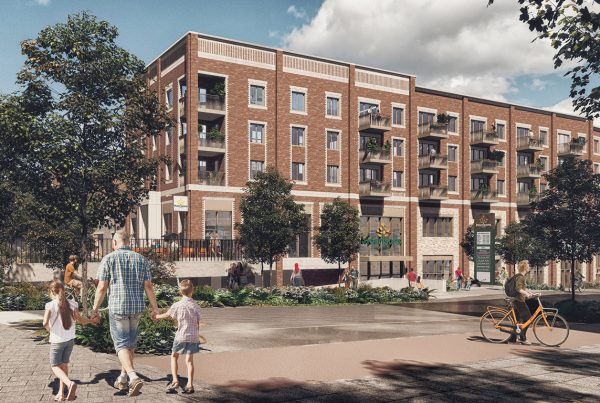
Demand for property is booming in Tier 2 cities as people flock to cities offering a lower cost but higher quality of living.
Real estate investors are warming to these growth markets. Justin Meissel features in PERE’s November issue, Cities – Opportunity Knocks.
Justin Meissel, chief investment officer at Henley Investment Management, a London-based private equity real estate company that has property assets in secondary locations across Europe – including Poznan in Poland and Salford in the UK – says the key to achieving higher yields is to find assets in “strong” micro-locations that need “a bit of work or a bit of love” to improve them. “That could be by place-making or by capex that we do when we look to make an impact locally.”
Meissel notes that nine months ago before interest rate increases and cap rates started to move, investors could typically get anywhere from 50-150 basis points of yield if they moved into secondary cities. The “dramatic” movement in interest rates, however, will likely impact valuations and the pricing that real estate trades at, he says.
“In a primary market where yields are tighter, the percentage impact is much greater because the yield is smaller. A 50 to 100 basis point movement in a cap rate [of an asset in a primary market] is going to have a bigger impact than when cap rates are 5 or 6 per cent. But obviously, liquidity will impact secondary markets much more dramatically than in primary markets,” Meissel argues.
While gateway cities are more liquid markets with a much deeper pool of investors, the trend of diversifying into secondary cities is here to stay, industry sources agree. As investment volumes have returned to pre-pandemic levels, yield compression and increased costs have pushed more investors to look beyond primary markets – something that is likely to continue.
While gateway cities are more liquid markets with a much deeper pool of investors, the trend of diversifying into secondary cities is here to stay, industry sources agree. As investment volumes have returned to pre-pandemic levels, yield compression and increased costs have pushed more investors to look be- yond primary markets – something that is likely to continue.


